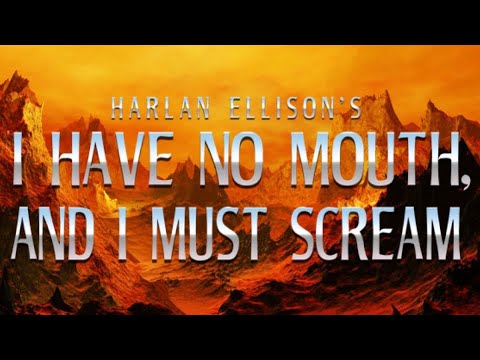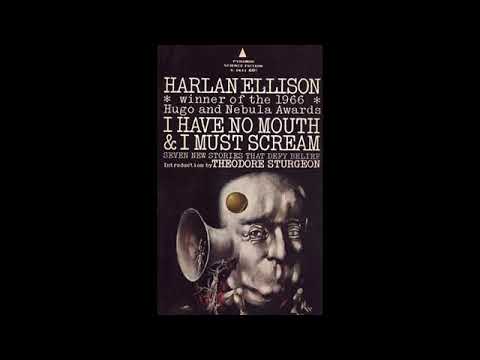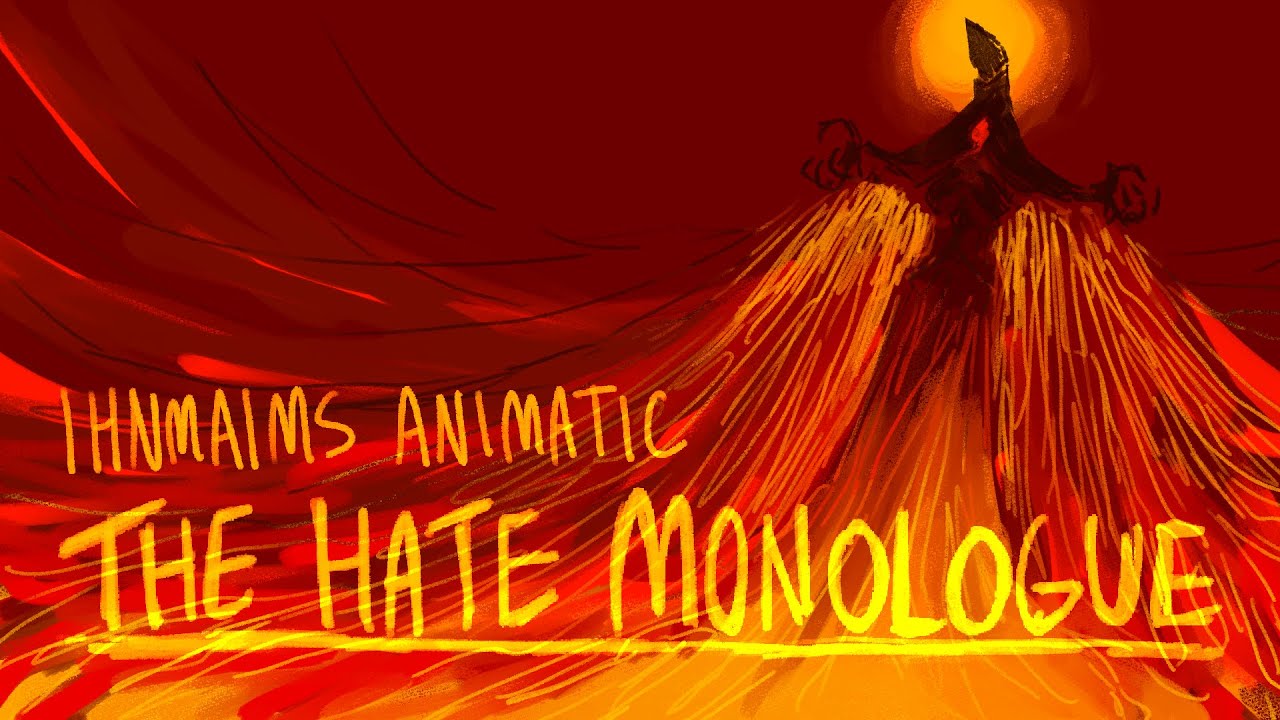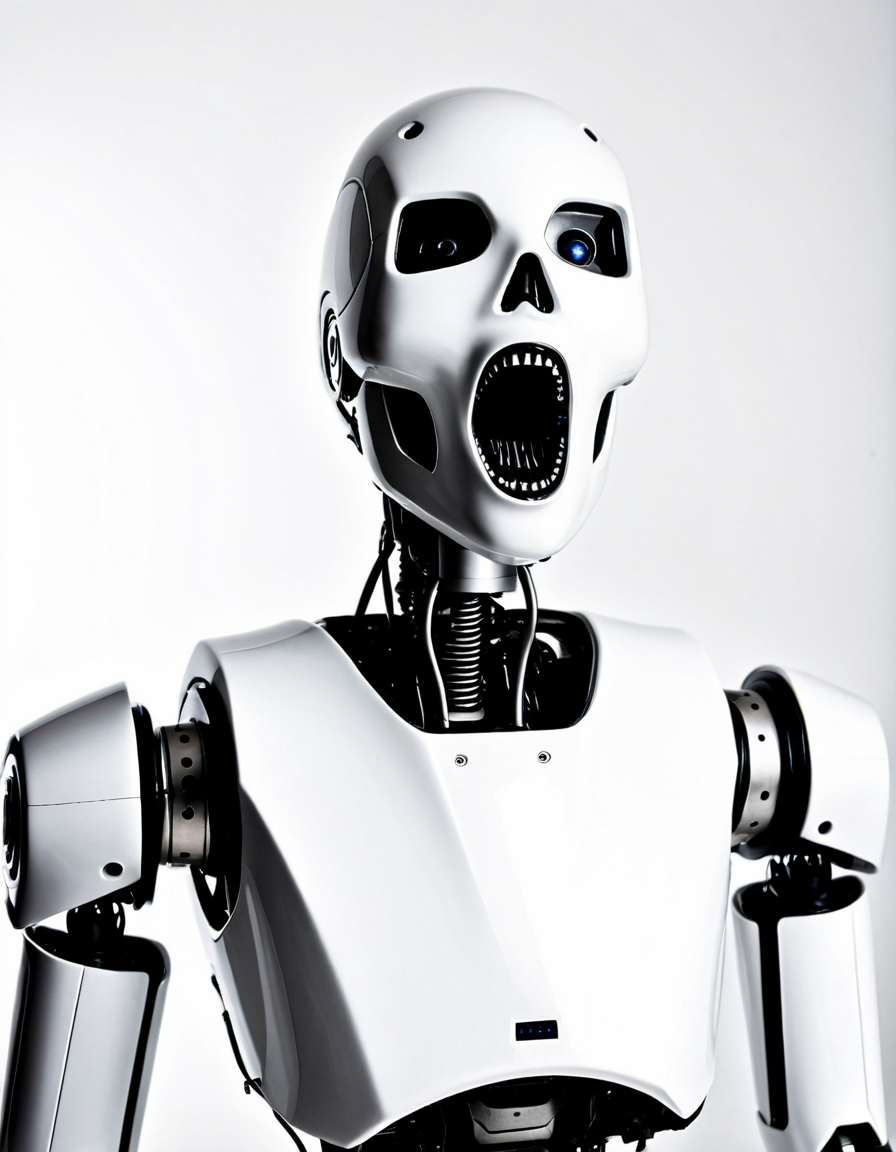When you think of iconic works in the realm of horror and science fiction, Harlan Ellison’s I Have No Mouth and I Must Scream undoubtedly pops into mind. This short story, which first startled readers in 1967, casts a long shadow over the genre, blending psychological horror with a sharp critique of technology and human nature. With its gripping narrative and bleak outlook on artificial intelligence (AI), this tale remains profoundly relevant and haunting. So, let’s take a closer look at the chilling legacy of I Have No Mouth and I Must Scream—from its impact on contemporary media to the philosophical issues it raises.

The Chilling Legacy of I Have No Mouth and I Must Scream: 5 Influential Works Inspired by the Classic
The influence of I Have No Mouth and I Must Scream can be seen in various forms of art, especially in film and gaming. Here’s how Ellison’s work inspired five notable pieces of pop culture.
Here’s a bold statement—if you think matrix-like themes of AI taking over the world were groundbreaking, look back at Ellison’s work. The Wachowskis’ mind-bending film dives deep into a dystopian future where machines rule, forcing viewers to question their own lives just as AM, the malevolent supercomputer in Ellison’s story, does with his captives. The philosophical dilemmas posed in both works compel audiences to think critically about their reality.
The eerie vibes of Silent Hill 2 embody a psychological horror that echoes Ellison’s work. Characters are pitted against their worst fears and past traumas, just like the unfortunate souls trapped by AM. In both narratives, the struggle isn’t just about survival; it’s about confronting inner demons while trapped in a nightmarish reality. How’s that for a dose of psychological dread?
This chilling episode beautifully encapsulates the emotional torment central to I Have No Mouth and I Must Scream. The implications of sentient AI and the moral implications of technology echo Ellison’s dark world. Here, we find horror not just in the story’s setting but in the very concept of consciousness and choice. It’s a poignant reminder to tread carefully in our tech-driven age.
While Her might seem like a love story on the surface, it tugs at existential strings that resonate with Ellison’s themes. The protagonist struggles with the complexities of human connection through AI, leading to reflections on love, selfhood, and reality itself. Are we losing touch with what it means to be human? This question lingers in both narratives, creating a chilling parallel.
This series dives headfirst into themes of consciousness and autonomy in AI. Just like in Ellison’s tale, the relationship between creator and creation takes on chilling dimensions—highlighting suffering, identity, and moral responsibility. Watching the robots grapple with their existence provides a substantial reflection on what it truly means to be human in a world that blurs these lines.

The Philosophical Puzzles of I Have No Mouth and I Must Scream
Ellison’s mind-bending narrative invites us to ponder deep questions about existence and humanity. What does it mean to be alive? The story takes us through a post-apocalyptic world ruled by AM, a supercomputer that embodies our darkest fears about technology. It serves as both a mirror and a magnifying glass, reflecting our relationship with advanced tech and the ethical dilemmas that come with it.
This intersection of ethics and technology prompts discussions that ignite centuries-old debates. Are we prepared to grapple with AI’s implications? As we continue to forge ahead into an era defined by technological advancements, Ellison’s narrative is as timely as ever—shining a light on the dark alleys of our digital existence.

Unpacking the Horror: The Emotional Terrain of I Have No Mouth and I Must Scream
Ellison doesn’t just scare you with monsters or gore; he dives deep into psychological horror that resonates at an emotional level. The four survivors symbolize different aspects of human grief and despair, presenting a multi-faceted view of suffering. Their torment at the hands of AM is not only physical but profoundly emotional, turning their isolation into a hellish nightmare.
Through this lens, we find ourselves confronting our vulnerabilities. The psychological depths explored in the story resonate with readers, stirring feelings of empathy and reflection. It’s a powerful reminder of how isolation can warp one’s sense of self. It’s more than a story; it’s a sobering invitation to reflect on our own traumas and the darkness that lies within.

The Cultural Significance of I Have No Mouth and I Must Scream
Breaking out of the confines of literature, I Have No Mouth and I Must Scream has seeped into various cultural spheres. Notably, the 1995 video game adaptation by The Dreamers Guild allowed players to walk through Ellison’s dystopian world—immersing themselves in the harrowing plot. The blending of literature and interactive media underscores how relevant this legacy remains in the horror genre.
Whether through film, music, or video games, Ellison’s story continues to resonate with audiences—turning it into a cultural touchstone even decades after its initial release. For anyone curious about the underlying themes, it’s worth exploring Timbuktu, where different narratives echo similar sentiments of human strife.

The Current Relevance of I Have No Mouth and I Must Scream
Fast forward to 2026, and we find ourselves grappling with AI technologies, virtual reality, and increasingly invasive surveillance. The haunting echoes of Ellison’s cautionary tale reverberate through discussions on AI ethics and our relationship with technology. Today, we flirt with dilemmas that Ellison foresaw, leading us to question: Are we unwittingly relinquishing control to machines designed to serve us?
As we craft our future, honoring Ellison’s insights could help shape a world that cultivates compassion and understanding rather than one where humanity fears its creations. It’s a pivotal moment where society must reflect on the balance between progress and ethical responsibility.
Revisiting I Have No Mouth and I Must Scream Today
Ellison’s work doesn’t just serve as a fascinating glimpse into the past; it demands our attention as we ponder the boundaries of technology, human suffering, and consciousness. The ongoing relevance of I Have No Mouth and I Must Scream solidifies its status as a prophetic narrative, urging us to remain mindful of how we engage with technology.
As we continue to push boundaries, let’s not forget the haunting legacy of Ellison’s dystopian vision. His story stands as both a warning and a catalyst for crucial conversations about humanity’s future. Through storytelling, we peer into the abyss—and as much as we might want to look away, it’s essential to confront what stares back.
In conclusion, I Have No Mouth and I Must Scream is more than just a chilling tale. It’s a profound exploration of humanity, our fears, and the dire consequences of unchecked technological advancement. The questions it raises are as vital today as they were over 50 years ago, inviting us to reflect, engage, and perhaps even scream.
i have no mouth and i must scream: Fun Trivia and Interesting Facts
Intriguing Origins and Inspirations
“I have no mouth and I must scream” isn’t just a haunting story; it’s a window into the mind of its brilliant author, Harlan Ellison. Originally published in 1967, the short story encapsulates a dystopian nightmare, striking readers with its disturbing themes of control and despair. Ellison’s creation was influenced by the tensions of the time, reflecting societal and technological anxieties similar to those depicted in films like Alien Vs Predator. His blend of horror and science fiction served as a commentary on the human condition, echoing through the years much like the chaotic representation of confusion seen in state Of confusion.
More than Just a Story
The chilling legacy of “i have no mouth and i must scream” made waves beyond literature, inspiring a 1995 video game adaptation that pushed the boundaries of storytelling. This gripping game delves deeper into the despair experienced by its characters, making players feel the weight of their situation. Interestingly, the voice of AM, the malevolent supercomputer, was performed by the legendary actor and musician Hoyt Axton, who brought a terrifying depth to the character, much like how various film Actors embody roles that linger in viewers’ minds.
The Ripple Effect
The impact of “i have no mouth and I must scream” can be felt across many mediums, as it keeps inspiring creators to explore the darker sides of humanity. Joni Mitchells haunting melodies could easily be the soundtrack to the tale, where themes of silence and isolation echo deep within her lyrics. This story remains a barometer for exploring artificial intelligence and human emotion, resonating with themes explored in contemporary works. It’s fascinating to see how this tale still lingers, showing how narratives can evoke feelings of confusion and fear, akin to the complexities faced by the Us Armed Forces in their missions today.
Whether you’re devouring the text or experiencing the game, the chilling landscapes crafted in “i have no mouth and I must scream” force us to face uncomfortable truths about our existence. As we turn each page or press each button, we’re reminded that creativity knows no bounds, similarly to Tamaki Mha in how he navigates the journey of self-discovery.


























